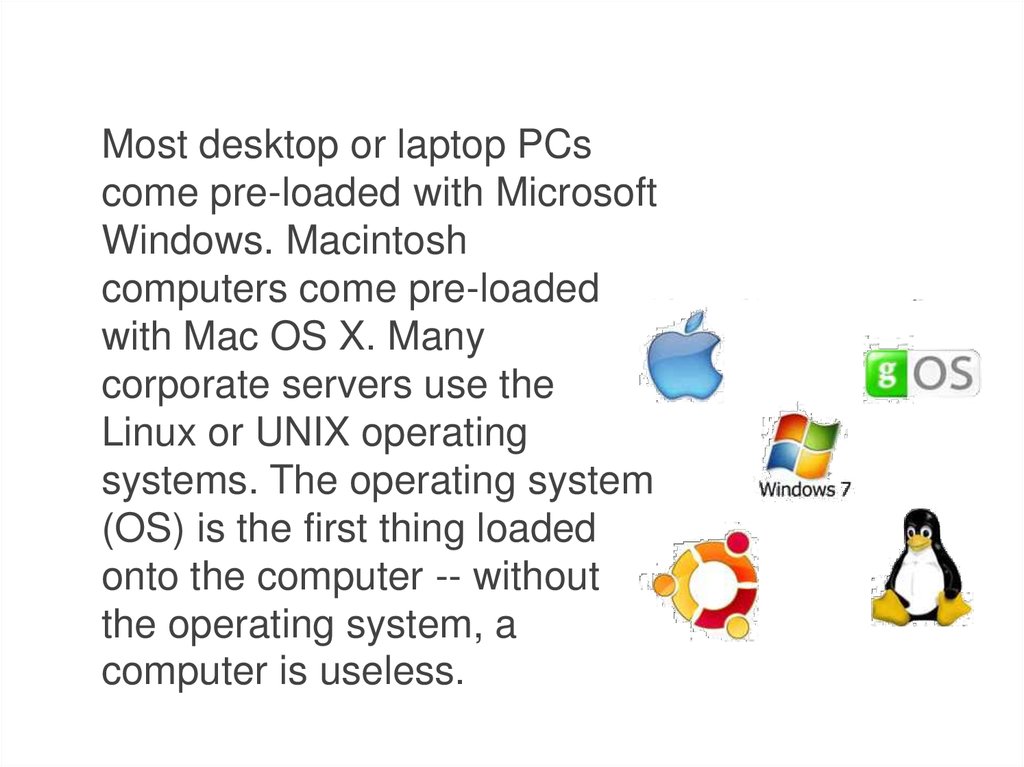

- #Advantages and disadvantages of special purpose software software
- #Advantages and disadvantages of special purpose software free
#Advantages and disadvantages of special purpose software software
In short, you won’t need to worry about developing, maintaining, or upgrading your software – the service provider will do it for you. When you choose a public cloud deployment model, the service provider is responsible for infrastructure setup and use, as well as the vast majority of the everyday concerns of its management. Public cloud models are popular for a reason – they offer several advantages for users like you, including: Advantages of a Public Cloud Deployment Model Microsoft Azure, Google App Engine, Google Compute Engine (a part of Google’s Cloud Platform), IBM Cloud, and Salesforce Heroku are other popular options.
#Advantages and disadvantages of special purpose software free
Depending on the service agreement, the service provider may offer this service free or charge a fee based on the number of resources you use.Ĭurrently, public clouds are the most popular form of cloud deployment model, used either alone or in combination with another deployment model, by 91% of businesses to handle 41% of the workload.Īmazon’s Elastic Compute Cloud (EC2) was rated the top public cloud service provider for 2020 and exists as an Infrastructure-as-a-Service (IaaS) model as a part of the larger Amazon Web Services (AWS) cloud solutions platform. In turn, you can determine resource use and scale if needs fluctuate without worrying about maintaining equipment or altering a contract. With a public cloud deployment model, although the infrastructure is used by multiple individuals and businesses, the service provider remains responsible for its management and upkeep of its resources as a result, all hardware is housed at the service provider’s location. The third party then allows other businesses and public users to create and store data on its servers. A third party – often a well-known service provider – constructs and manages the infrastructure involved. Cloud Deployment Model #1 – Public CloudĪs you may have guessed, the public cloud deployment model describes clouds available for public use. With these considerations in mind, let’s explore the advantages and disadvantages of cloud deployment models.

Your business’s resources for handling infrastructure. You should carefully consider the pros and cons of each model as it applies to: So, in order to identify the cloud deployment model that will help your business overcome its current challenges, you’ll need to determine which option best suits your business regarding both control and location. Which model you choose will ultimately describe who owns and manages the environment, as well as the particular workload specifications it can handle.

The deployment model not only determines the specific infrastructure and features available, but also sets parameters for access, infrastructure ownership, and how much storage space is available. Simply put, a cloud deployment model describes the specific ownership, management, and workload parameters of the cloud environment. Is cloud computing right for you? If so, which deployment model is best? What are some reasons why cloud computing is important for business growth?īefore diving into the advantages and disadvantages of cloud deployment models, it’s important to build an understanding of what a cloud deployment model is. In fact, the four most prominent cloud deployment models – public, private, hybrid, and community cloud models – continue to increase in popularity, while distributed cloud types like poly clouds, multi-clouds, and other distributed models, serve growing amounts of smaller niches. With the recent shift to remote work front-of-mind in the business world, those numbers aren’t quite so radical more businesses are utilizing cloud computing than ever before. Cisco took the idea a step further, predicting that 94% of business workloads would be cloud-based by 2022.Īt the time, while most IT professionals surveyed agreed that cloud adoption was advancing at a rapid pace, relatively few subscribed to the idea that such a widespread adoption would occur so quickly. In 2018, Forbes predicted that by the end of 2020, nearly 84% of all business workloads would take place in the cloud.


 0 kommentar(er)
0 kommentar(er)
